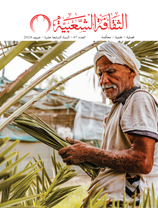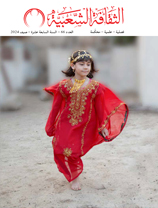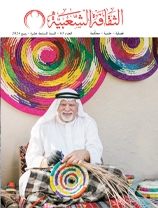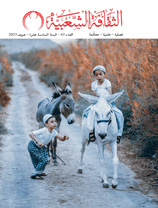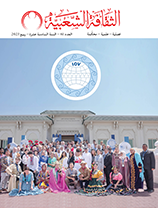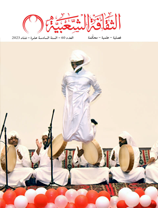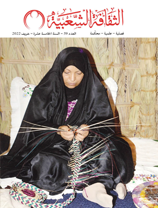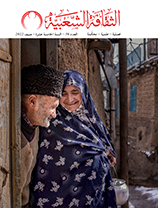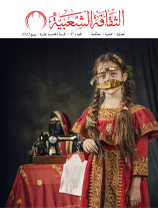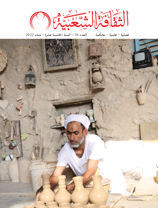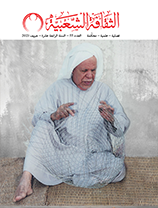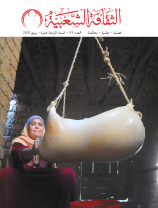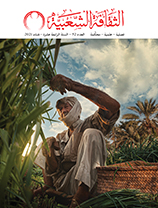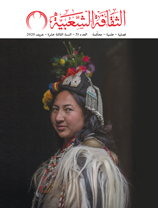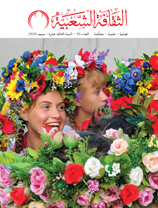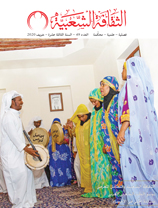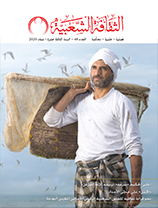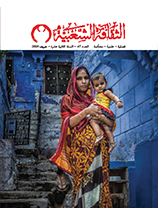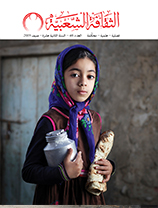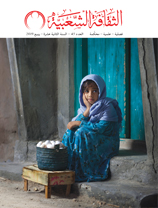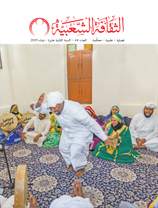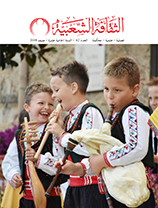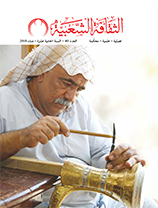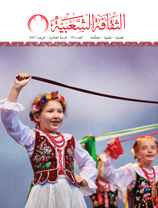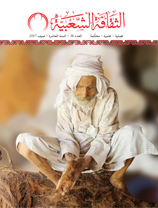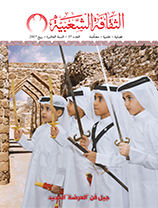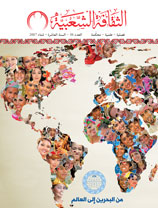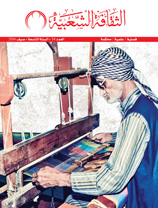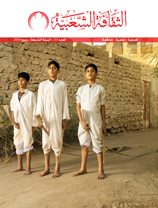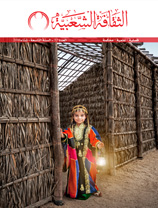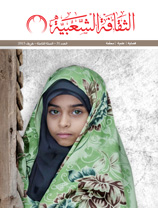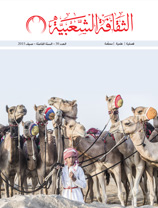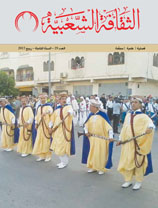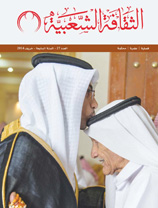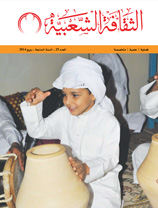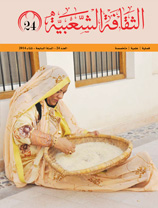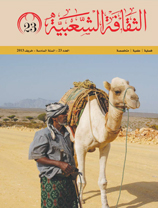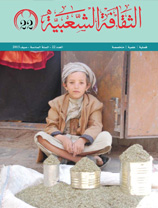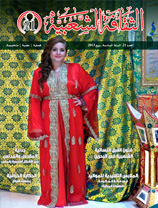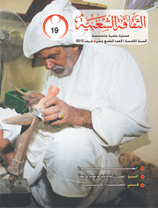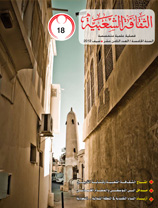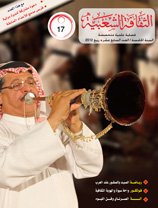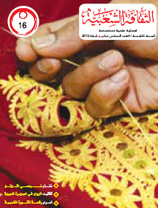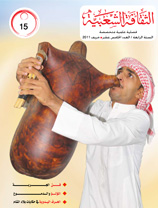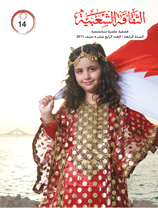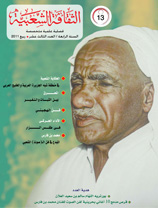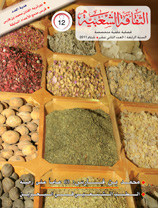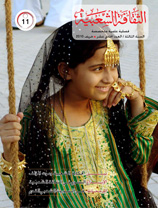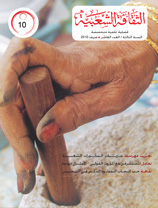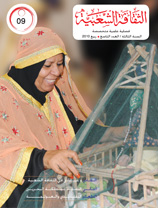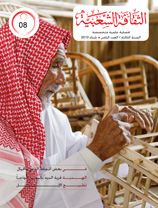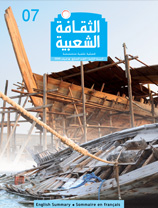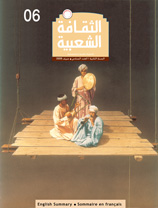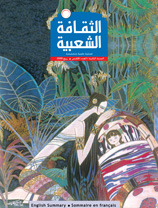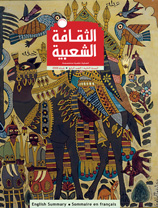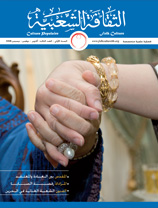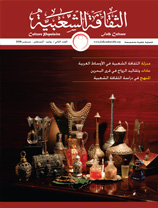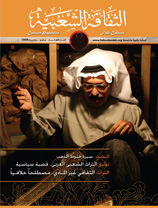Methodology of Investigating Beliefs, Traditions and Customs
Issue 4
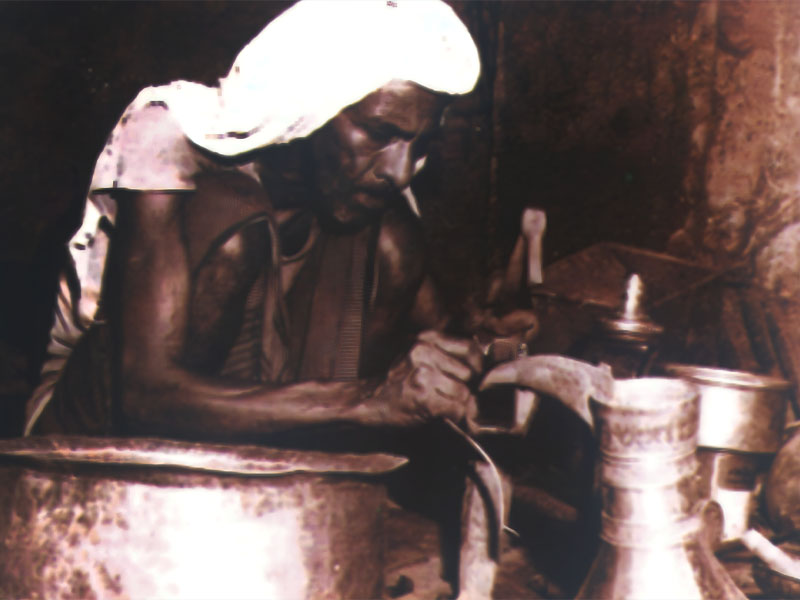
Mohammad Al-Jouhari
The author asserts that developing methods for fieldwork collection of folk data is not in contrast with any theoretical work, nor is it a kind of bias toward one specific strategy. In the second dimension, fieldwork comes first. Here, the writer points to the various methods for folk data collection. These include: directory for fieldwork, logs as sources, folklore museums, observation, and archives which are available now in two volumes amounting to two thousands pages. The third dimension deals with exercising control over terminology related to folk beliefs, knowledge, customs and traditions. The fourth dimension is concerned with the unified approach in the discipline of folklore. The historical approach is the oldest one which can be supplemented by the geographical overview that determines the spatial distance of the same phenomenon. Therefore, the spatial overview has been given priority in studying folk tradition in the first half of the 20th century. The sociological approach focuses only on the folk artist who to ascertain his psychological condition. The fifth dimension is about reproduction of folk tradition: a new theoretical and methodical orientation since the reproduction process represents the axis of the entire research that is going on in the Center for Social Research and Studies at the College of Arts, University of Cairo. The author makes explicit that the movement of the elements of folk tradition on the society map represents the factor that warrants its prosperity and continuity since folk tradition is usually disseminated by all social classes, such as youth, intellectuals, urban, and countryside as well as Bedouin people. Education can also play an imminent role in the reproduction process. The author holds that mass media, especially television, films, records and radio, are the most effective tools for reproducing folk tradition by repeating it and hence reminding the new generation of it. The press as well can reproduce elements of folk tradition. In this way, this tradition can be promoted and retained in the collective memory.





